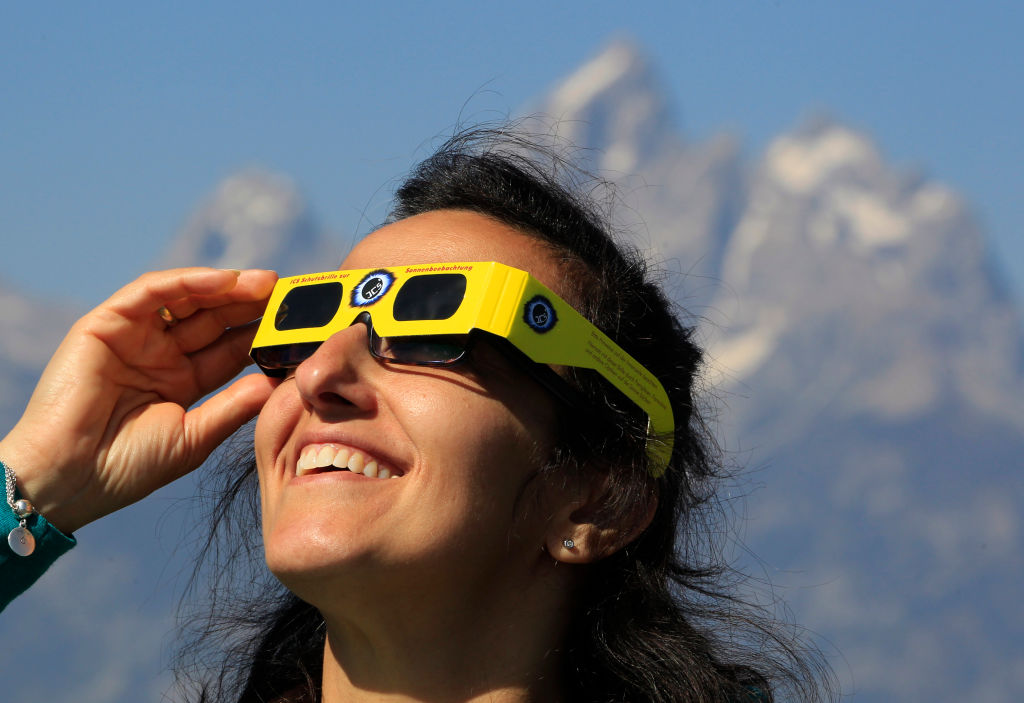- Saturday, July 27, 2024
Looking straight at the sun causes solar retinopathy or eclipse blindness and our eyes won’t even feel the retina getting damaged because there are no pain detectors in our retina.

By: indiaweekly.biz Staff
PEOPLE of many parts of the United States of America will be in luck as the total solar eclipse will pass across the nation on Monday (8).
At the Texas-Mexico border, the totality of the solar eclipse is said to last the longest — 4 minutes 27 seconds.
While space enthusiasts will not let such a rare opportunity to view a celestial event go unused, experts in vision, astronomy and NASA offered some safety tips to share with eclipse aficionados — particularly veterans, intermediates, and beginners.
Read: US gets ready for total solar eclipse of April 8: CATCH THE MOOD IN PICS
Here are some safety tips for every one excited to get a glance of the eclipse:
Read: Explainer: What is total solar eclipse & why it’s rare
Why are people advised against looking at the sun with the naked eye?
This is because looking straight at the sun during the eclipse can cause solar retinopathy or eclipse blindness. The ultraviolet radiation of the sun has to be filtered out with some aid even if the sun is partially blocked, hardly visible, or its intensity and brightness are dimmed by the clouds.
“Any eye-care professional will say it’s not safe even for a second,” Ostrin said, according to the Post. “As soon as that light is focused on your retina, it can begin to damage the cells.”
Read: Enthusiasts prepare for total solar eclipse in US, Mexico and Canada despite weather worry
“During an eclipse, people may not have that natural reaction to look away. We don’t have pain receptors in your retina, so you can’t tell when it’s starting to damage your retina,” she added.
Can a person get a perfect glance at ‘totality’?
Most eclipse aficionados think that it is highly unlikely to get a perfect glimpse of ‘totality’. While some of them lack the resources to make the best of those four and half minutes or some will be preoccupied with their day jobs during that time, totality is not easily captured even by the ones who are exclusively aiming for it.
Online maps depict the path of totality during a solar eclipse, with the more detailed ones indicating the duration of totality at various points along the path. At the outermost edges of the path of totality, the sun may be completely obscured for only a few fleeting seconds, whereas at the center of the path, totality may last for approximately four minutes. Despite the variance in duration, the appearance of totality remains consistent; only the length of time differs.
The 2024 eclipse may be especially dramatic because the sun is at its most active period in a couple of decades. Solar eclipses have helped scientists learn more about the universe in the past and we believe the latest one will be no exception.